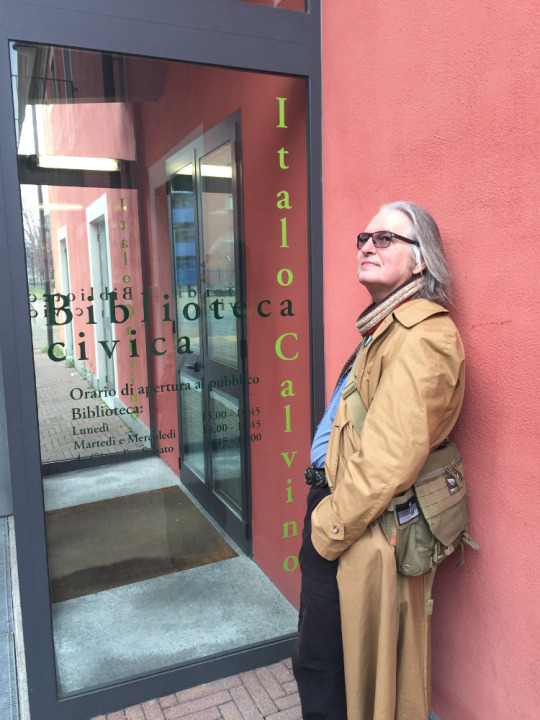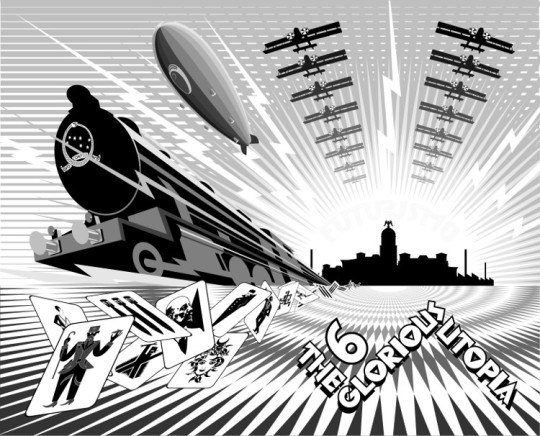The offbeat PIRATE UTOPIA is irresistible
Bruce Sterling’s soon-to-be-available PIRATE UTOPIA garners a BOOKLIST review and mentions in three different KIRKUS articles.

Ben Segedin for BOOKLIST praises the alt history, dieselpunk adventure.
This little-known
historical moment, with its odd mixture of technology and politics,
becomes the irresistible setting for Sterling’s (THE CARYATIDS,
2009) latest novel, a fantastic, comical, alternate historical
dieselpunk affair starring Lorenzo Secondari, a pirate engineer whose
success with a radio-armed torpedo gets him appointed Carnaro’s
Minister of Vengeance Weapons and makes him—and the regency—a
world power to contend with. Sterling’s provocative novel may be
slender, but it is filled with astonishing characters, fine dialogue,
and an abundance of ideas and is packaged with John Coulthart’s
cool Futurist-Constructivist-inspired graphics, an introduction by
graphic novelist Warren Ellis, and an interview with the author.
KIRKUS included the book among its 9 Great Books to Round Out 2016.
Noted sci-fi maven and futurologist Sterling (LOVE IS STRANGE, 2012, etc.) takes a side turn in the slipstream in this offbeat, sometimes-puzzling work of dieselpunk-y alternative history.

On his KIRKUS blog, John DeNardo listed the tale in The Best Science Fiction and Fantasy Reads for November.
WHAT IT’S ABOUT: The Futurists, a collection of questionably-insane rebels, aim to start a revolution in Europe.
WHY YOU MIGHT LIKE IT: This offbeat alternate history is peppered with names you know, but not necessarily as you know them. Plus: illustrations from John Coulthart!

Also at KIRKUS, Gregory McNamee interviews Bruce Sterling about PIRATE UTOPIA.
The words are Bruce
Sterling’s, late of Austin, Texas, now resident for much of the
year in the antifascist, writerly Italian city of Turin. In a
departure from the near-future science fiction for which he has
become well known, as with novels such as DISTRACTION and HEAVY
WEATHER, his new novel PIRATE UTOPIA drops readers into the heart of
Carnaro and the middle of events a century past.That seemed like the
future back then—and, in some ways, it is that future that we now
inhabit, for better or (as it so often seems) worse. Call it the past
of the future, then, or perhaps better the past of futurism. “A
tradition of future sounds oxymoronic,” Sterling says, “but of
course we really do have quite a long and solid tradition of
futurism. We just don’t have a good way to describe how futures
become old-fashioned, or what aspects of futurism are perennially
renewed.”
For more info on PIRATE UTOPIA, visit the Tachyon page.
Cover and image by John Coulthart
